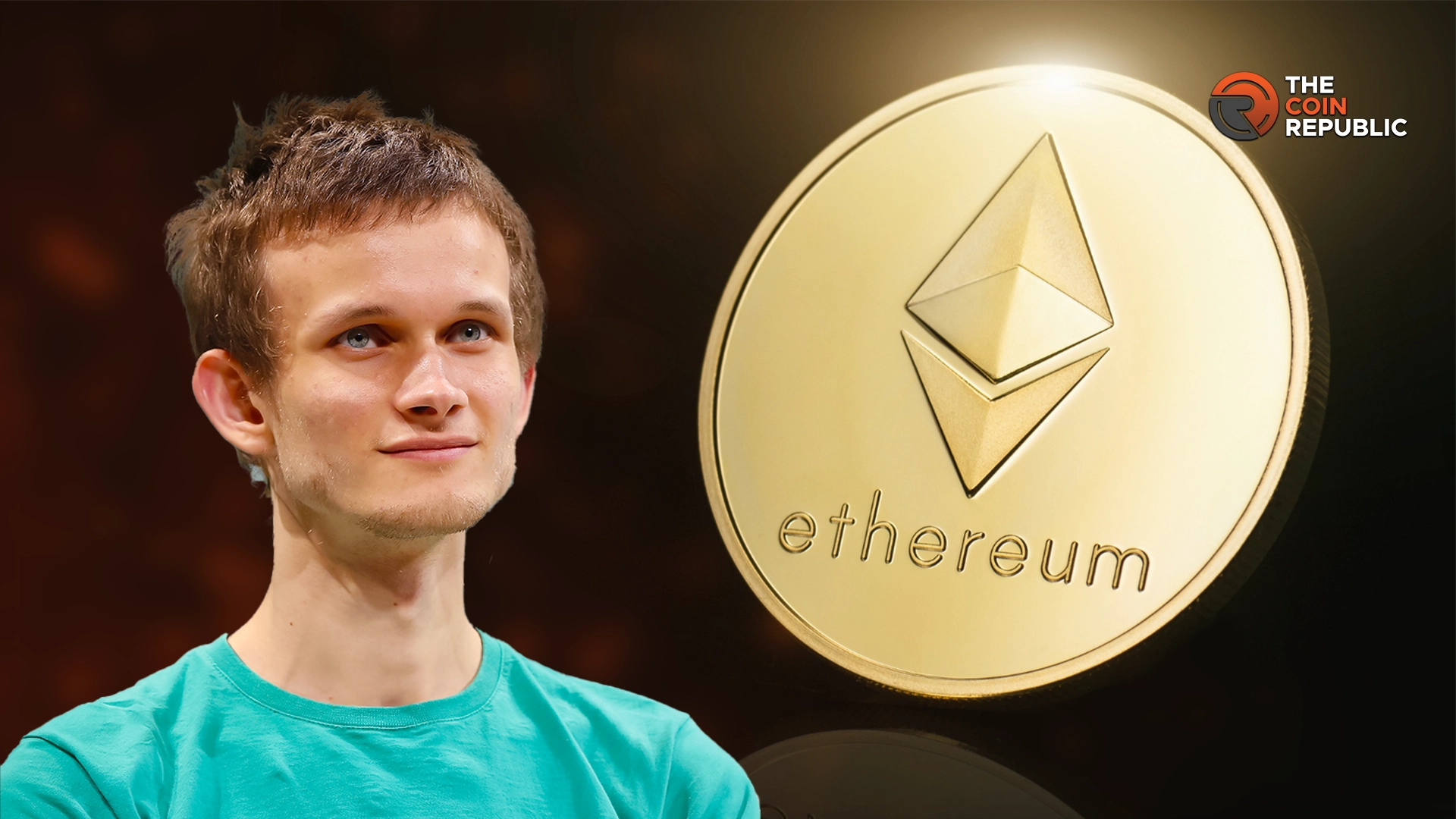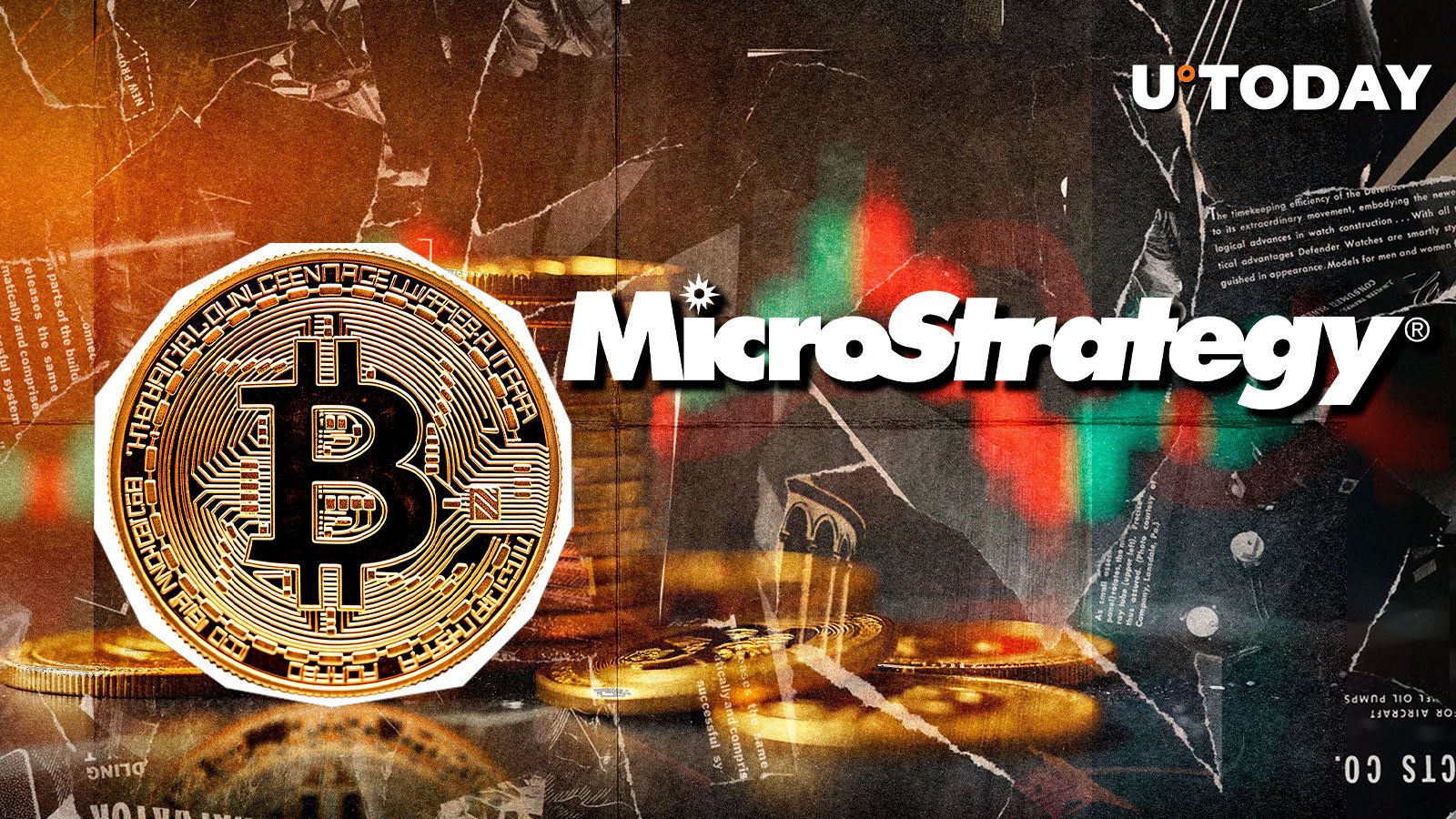Ethereum co-founder Vitalik Buterin has expressed his thoughts on bolstering the network’s encompassing functionalities. In a post, he shared his vision for the ecosystem centered on making Ethereum alignment legible.
According to Buterin, the growth has made researchers, developers, Layer-2 teams, and different groups fully built. This individualistic building has resulted in each group developing their own Ethereum version, which poses a challenge.
Vitalik Buterin suggests that Ethereum needs a decentralized, integrated, and cooperative ecosystem to overcome this proliferation of projects. This will ensure the blockchain feels like one Ethereum rather than 138 mismatched entities.
He believes this can be achieved if the concept of alignment were more legible. By this, he meant breaking it down into specific properties and if it is measurable by defined metrics. Buterin anticipates that this will transform Ethereum into a more unified and sustainable entity.
At the center of Buterin’s proposal lies the concept of open-source technology, which he believes remains the cornerstone for Ethereum. It will not only ensure greater transparency and security but also reduce the risk of proprietary lock-ins. Additionally, by facilitating permissionless third-party improvements, open-source development remains flexible and resilient.
However, the Ethereum co-founder acknowledged that not all projects need to be fully open-sourced. Specifically, critical infrastructure components that power the network need to adhere to these principles for long-term viability. Vitalik Buterin also called for a better focus on building around open standards such as ERC-20 and ERC-1271. These have already played a significant role in promoting interoperability within Ethereum.
In addition, his vision of decentralization, a core value for Ethereum, aims to reduce points of trust, minimize censorship vulnerabilities, and limit reliance on centralized infrastructure. Buterin proposed the “walkaway test” to assess whether a project could continue when its core team disappeared and the “insider attack test.”
Upgrades and Path Forward
The insider attack measures how far a development team could compromise a project from within. Examples of such projects include the rollup-centric project monitored by L2beat, which is rigorously evaluated against such a metric. The goal is to make Ethereum resilient and secure.
Buterin emphasized that platforms such as L2beat that track certain aspects of Ethereum’s rollup can guarantee accountability without necessarily centralizing control. In his vision, more entities like L2beat could emerge and track open-source compliance, contributions, and decentralization.
This alignment in the ecosystem might allow the Ethereum Foundation to assess and determine projects that need support easily. Vitalik Buterin believes this will help shape a stronger and unified network, which has been the aim of previous upgrades like Dencun and Pectra.
The Dencun upgrade improved the network’s scalability and efficiency while reducing gas fees across Layer-2 networks. Shortly after its completion, Buterin requested an open decentralized protocol to speed up asset transfer between L2 and other chains.
Meanwhile, the Pectra (or Prague-Electra) upgrade, expected to go live in Q1 2024, will address security scalability. Although the project is still under development, the team has promised it will be the most radical upgrade of Ethereum’s evolution.
Ethereum’s Market Performance
Ethereum’s price performance dipped by 0.09% within 24 hours to $2,654.98. However, an analysis of the asset’s performance in the last seven days shows a positive growth of 3.73%, while in the past month, ETH has also climbed up 3.15%.
Experts project that if Vitalik Buterin’s vision for Ethereum materializes and the blockchain becomes aligned, its growth trajectory might be shocking.










